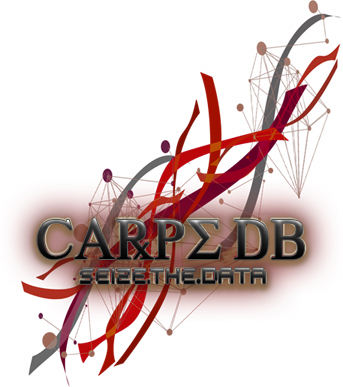
In stargazer mutant mice, a mutation in the gene encoding stargazin results in absence epilepsy, cerebellar ataxia, and a characteristic abnormal motor syndrome. The main goal of the current studies was to characterize the nature and source of the abnormal motor behavior. Because the stargazer motor syndrome resembles that of other rodents with vestibular dysfunction, the motor abnormalities were compared with those of normal mice treated with toxins known to damage the vestibular system. Quantitative open field assessments revealed that the stargazer mice display a motor syndrome very similar to that exhibited by mice with toxin-induced vestibulopathy. However, stargazer mice also displayed several additional behaviors, such as ataxic gait and sustained extensor movements of the neck. In addition, stargazer mice performed worse than mice with toxin-induced vestibulopathy in most standard tests of motor function. Motor function was also impaired on each of four behavioral tests sensitive to vestibular function. Because of the close associations between the vestibular and auditory systems, tests of auditory function were also employed. The stargazer mutants exhibited relatively normal auditory brainstem evoked responses but no apparent acoustic startle reflex. Histological examination of vestibular sensory epithelium at the light and electron microscopic levels confirmed the existence of abnormalities in the stargazer mutants. These results imply a previously unrecognized role for stargazin in the normal functions of the vestibular system and indicate that some, but not all, of the abnormal motor syndrome of stargazer mice can be attributed to vestibular dysfunction.
[Full Text] [Submit Annotation]